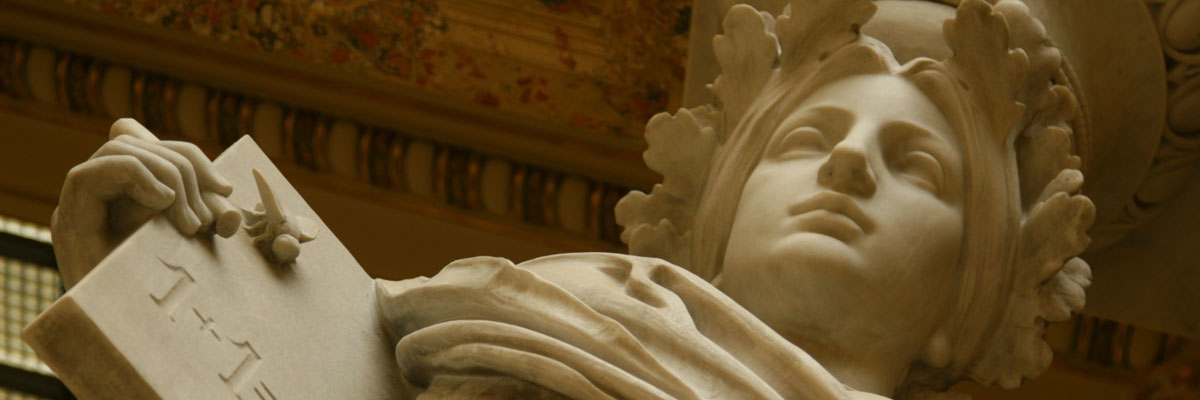
Community and Exclusion. Collective Violence in the Multiethnic (East) Central European Societies before and after the Holocaust (1848–1948)
Sun Sep 25 10:00:00 CEST 2016 - Tue Sep 27 09:06:00 CEST 2016
Prague, September 25 – 27, 2016, Villa Lanna and Hrzánský palác
Organizers: Masaryk Institute and Archives of the Czech Academy of Sciences (Ines Koeltzsch, Vratislav Doubek) and the Prague Centre for Jewish Studies, Charles University (Pavel Sládek)
Conference Scholarly Board: Péter Arpor (HAS RCH Institute of History, Budapest), Michal Frankl (Jewish Museum Prague), Grzegorz Krzywiec (Instytut Historii im. Tadeusza Manteuffla PAN, Warsaw), Rudolf Kučera (MÚA AV ČR, Prague), Miloslav Szabó (HÚ SAV, Bratislava).
Physical violence has become a key topic of the historiography of the multiethnic societies in (East) Central Europe in the transition from the imperial to the nation-state order since at least the past two decades. Scholars have pointed out that violence is an inherent part of the conflict in interethnic and interreligious relationships, although violence was not always first marked by ethnic conflicts, but rather social ones, as the example of the food riots in Cisleithania during World War I has shown. To understand the historic region of (East) Central Europe and its cultural, social, and economic plurality it is therefore necessary to apply various concepts of violence, developed partially for Western and Eastern European societies. Researchers on anti-Jewish violence in l9th and early 20th century Germany have suggested the concept of “exclusionary violence” to analyze anti-Jewish riots, which differed from the pogroms in Russia in the absence of the intention to kill the victims. According to Werner Bergmann, Christhard Hoffmann, and Helmut Walser Smith, all forms of “exclusionary violence” share a common notion of the minority group(s) as a collective threat, the asymmetry of power between the rioters and the victims, the rioters’ low level of organization, and the relative absence of state power in times of crisis. In this definition, the pogroms are a specific, but not the only, form of exclusionary ethnic violence that enables one to identify the often fluid boundaries between ethnic riots and pogroms in (East) Central Europe.
Despite these achievements of the historiography on collective violence in modern (East) Central Europe, it seems that different research milieus still remain separate from one another. For this reason, the annual conference of the Centre for Jewish studies in Prague in cooperation with the Masaryk Institute and Archives of the Czech Academy of Sciences aims to bring together scholars working on collective violence in (East) Central Europe, including anti-Jewish violence, and violence against Roma and other minorities. What do the various forms of exclusionary violence in (East) Central Europe in the period between empire and nation-states, and in the aftermath of the Holocaust when the nation states were reconstructed, have in common? Which discourses, patterns, and rituals did they follow? How did exclusionary violence transform these communities, and how was this violence narrated and remembered afterwards?
When looking at various forms of collective violence it becomes clear that non-genocidal violence – in contrast to the Holocaust – did not mean the end of culturally mixed neighborhoods, but played a major role in the (re)construction of communities, and fundamentally transformed the multiethnic societies from a long-term perspective.
The conference is generously supported by Visegrad Fund and is held under the auspices of the Minister of the Czech Republic´s Government for Human Rights, Equal Opportunities and Legislation Office of the Government, Jiří Dienstbier.
For any further inquiries and registration (until September 12), please contact conferencemua@gmail.com